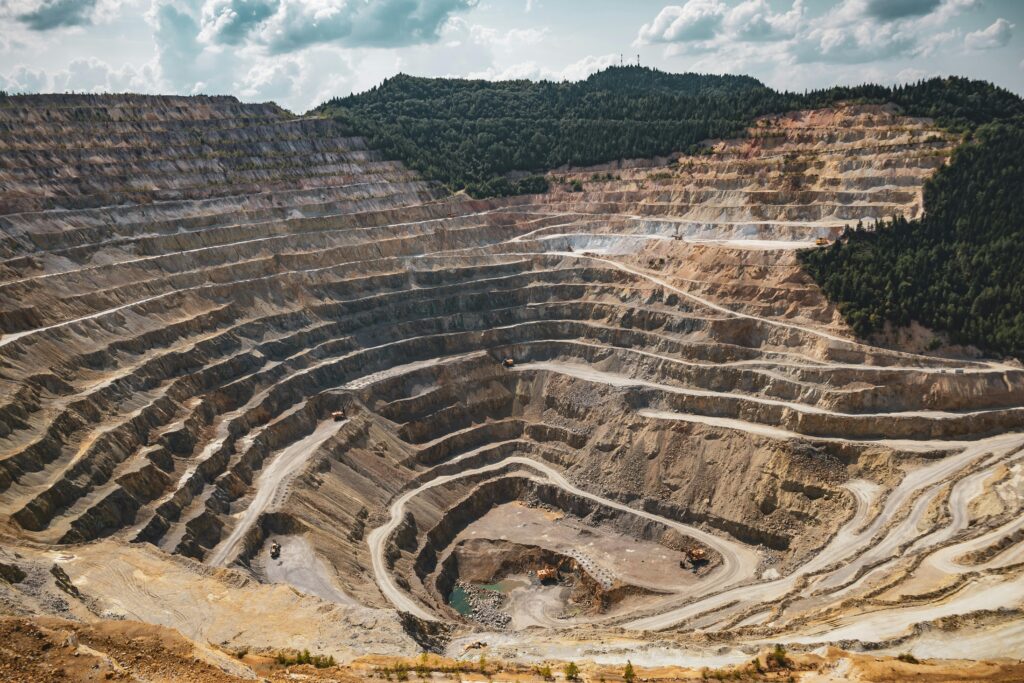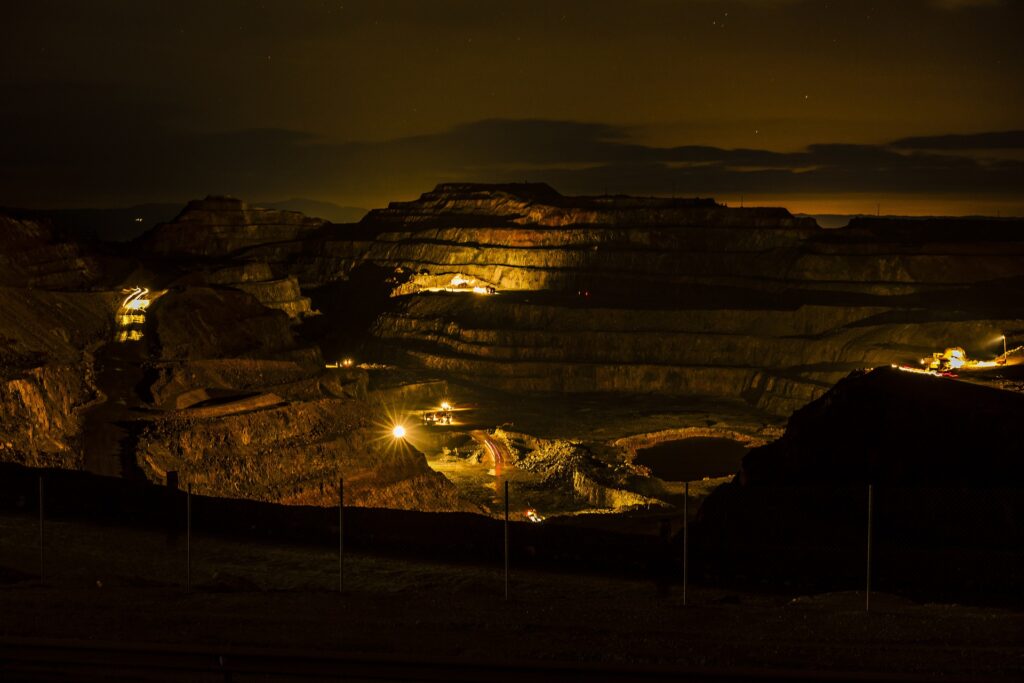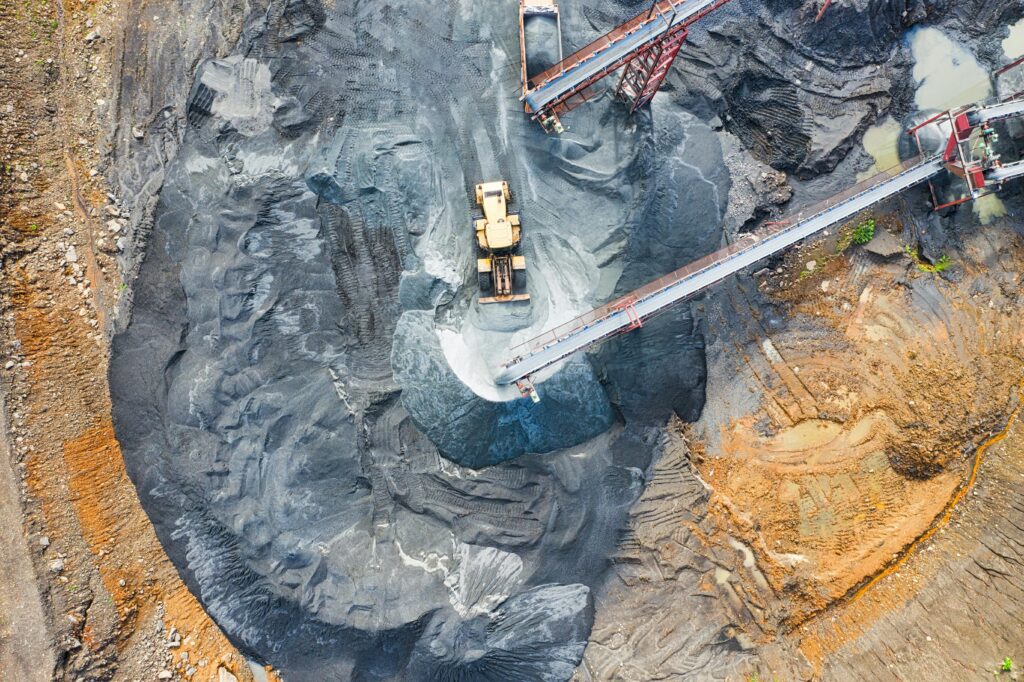Orogen Royalties Expands Portfolio with Si2 Gold Project Royalty
Orogen Royalties Inc. took a strategic step to strengthening its royalty portfolio with the creation of a new royalty agreement on the Si2 Gold Project in Nevada. This transaction aligns with Orogen’s business model, which focuses on generating royalties through exploration and monetizing its expertise in identifying high-quality mineral properties. By entering into this agreement, Orogen not only diversifies its royalty portfolio but also demonstrates confidence in the potential of the Si2 Gold Project. The Si2 Gold Project, operated by K2 Gold Corporation, is located within Nevada’s prolific Walker Lane Gold Belt, a region known for its rich mineralization and history of successful gold mining operations. Under the terms of the agreement, Orogen has secured a 2% net smelter return (NSR) royalty on the project, solidifying its position as a key stakeholder in its future development. The partnership underscores a broader trend in the mining industry, where royalty agreements provide a low-risk avenue for companies to gain exposure to high-value assets. For investors and stakeholders, this model offers a mix of risk mitigation and upside potential, particularly in a sector as dynamic as mining. As the Si2 Gold Project advances through exploration and development, Orogen’s royalty interest positions the company to benefit from any future production success. For stakeholders in the mining and royalty management industry, this development is another example of how royalty agreements can drive value and create opportunities for growth. Precision Mineral Accounting (PMA) continues to monitor such trends, offering tailored solutions for businesses navigating the complexities of royalty agreements and ensuring transparency in their execution.







